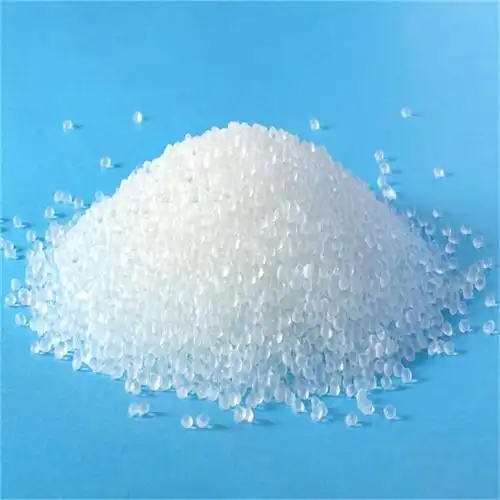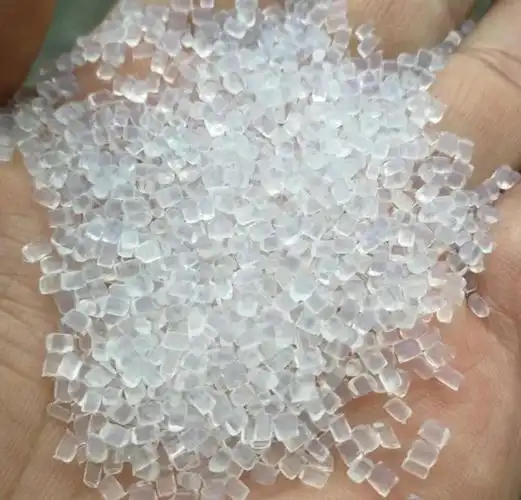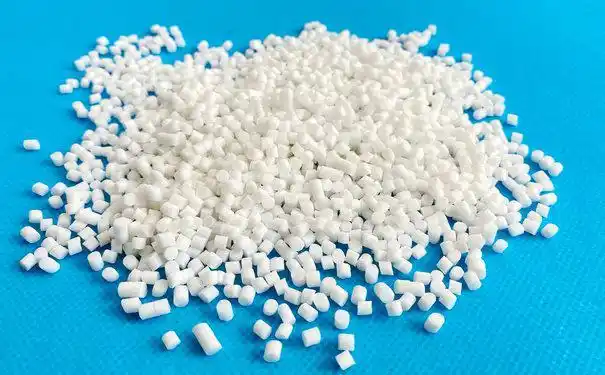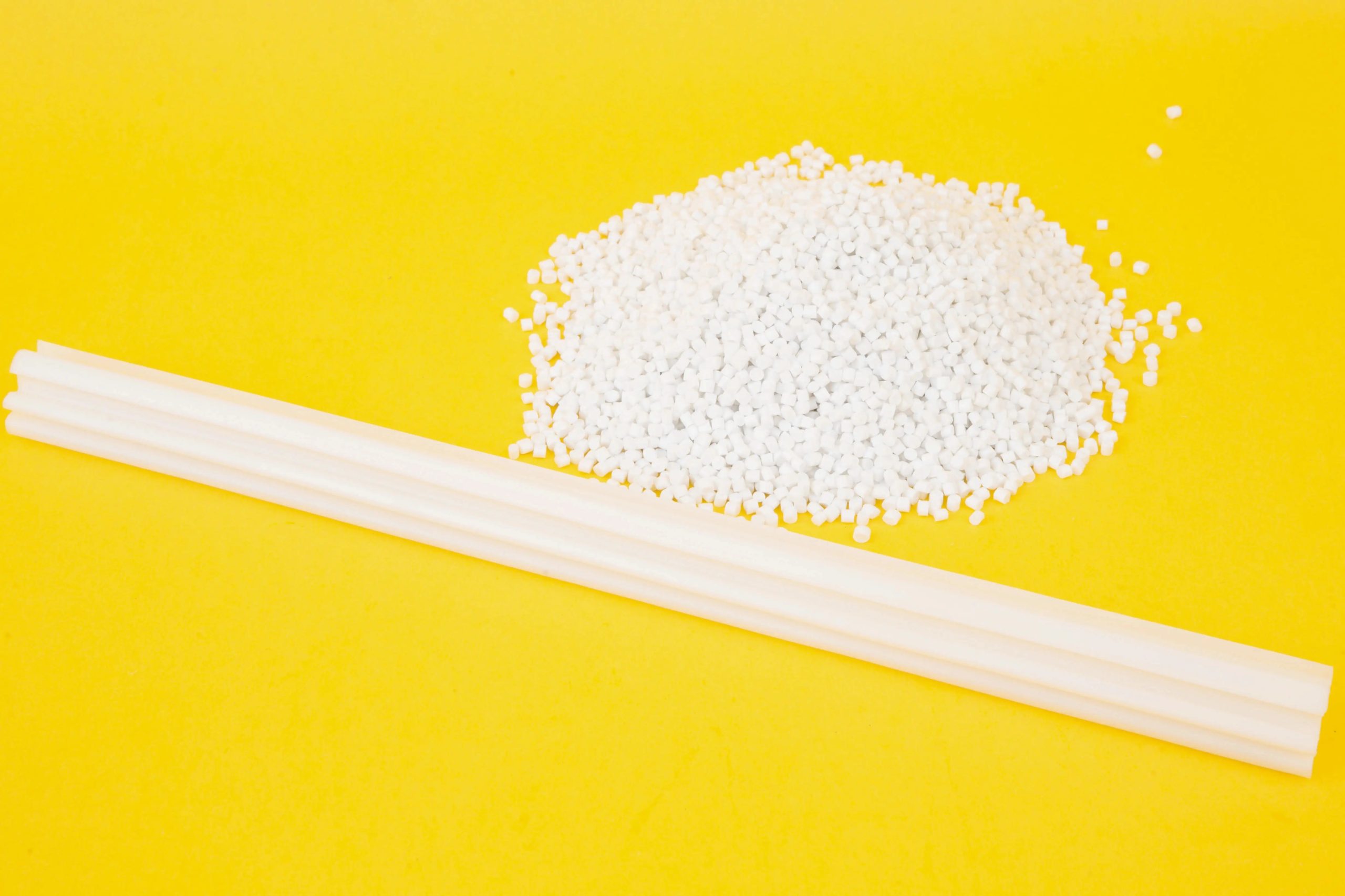As a plastics engineer with over 12 years in the injection molding industry, I’ve troubleshooted countless issues on the factory floor, from warped parts to mysterious brittleness. One problem that’s come up repeatedly, especially with thermoplastic elastomer (TPE) parts, is the tendency for joints opposite the gate to break easily during use or testing. I first ran into this issue years ago while working on a TPE overmolded handle for a consumer product. The client was frustrated because the joint kept snapping, threatening their production timeline. After digging into the process, I realized the issue was a mix of material, mold design, and processing factors. In this article, I’ll walk you through the common causes of this problem, drawing from my hands-on experience, and share practical solutions to help you produce stronger, more reliable TPE parts.

Understanding TPE Injection Molding and the Gate
To get why joints opposite the gate are prone to breaking, let’s start with the basics. TPEs are flexible, rubber-like materials used in everything from soft-touch grips to medical tubing. In injection molding, molten TPE is injected into a mold through a gate—the entry point where the material flows into the cavity. The area opposite the gate is the farthest point from this entry, often where the material cools last and faces unique stresses.
The joint opposite the gate is typically a critical area, like a hinge, seam, or connection point in the part. When this joint breaks easily, it’s a sign that something went wrong during molding, material selection, or design. My early encounter with this issue taught me that it’s rarely a single cause—multiple factors often conspire to weaken the joint. Let’s explore the key reasons and how to address them.
Common Causes of Weak Joints Opposite the Gate
Based on my years troubleshooting TPE molding issues, here are the primary reasons why joints opposite the gate break easily, along with solutions I’ve tested in real-world projects.
1. Weld Line Weakness
A weld line (or knit line) forms when two or more flow fronts meet during molding, often near the area opposite the gate. In TPEs, weld lines can be particularly weak because the material’s molecular chains may not fully bond, reducing tensile strength.
Causes:
Poor flow convergence: If the TPE doesn’t merge properly at the weld line, it creates a weak seam. This is common in complex molds with multiple gates or thin walls.
Low melt temperature: Cooler TPE is less fluid, hindering molecular entanglement at the weld line.
Insufficient packing pressure: Low pressure during the packing phase limits material fusion.
Material viscosity: High-viscosity TPEs are harder to meld at weld lines.

Fixes:
Increase melt temperature within the material’s recommended range (check the technical data sheet). In a project for TPE seals, raising the temperature by 10°C improved weld line strength.
Adjust injection pressure and packing pressure to ensure better fusion. I often experiment with a 10-20% increase in packing pressure.
Optimize gate location to minimize weld lines in critical areas. In one case, moving the gate closer to the joint reduced breakage by 80%.
Use a lower-viscosity TPE grade if the mold allows. I switched a client to a lower-viscosity TPU, which flowed better and strengthened the weld line.
I once worked on a TPE phone case where the joint opposite the gate kept splitting. The weld line was right at the seam. By tweaking the packing pressure and adding a vent to reduce trapped air, we eliminated the issue.
2. Material Degradation
TPEs can degrade during processing, especiallyOpposite the gate, where the material experiences prolonged heat and shear stress. Degraded TPE loses its elasticity and strength, making joints brittle.
Causes:
Overheating: Exceeding the recommended processing temperature breaks down the polymer chains.
Long residence time: Material lingering in the barrel or hot runners degrades, especially during slow cycles.
Recycled material overuse: Excessive regrind (recycled TPE) can introduce degraded polymers.
Moisture content: Wet TPE can hydrolyze, weakening the material.
Fixes:
Keep melt temperatures within the manufacturer’s guidelines (typically 180-220°C for most TPEs). I always double-check the TDS before setup.
Reduce residence time by optimizing cycle times and using a properly sized machine. In a medical tubing project, speeding up the cycle cut degradation-related breaks.
Limit regrind to 10-20% and ensure it’s from the same batch. I once reduced regrind from 50% to 15%, which fixed brittleness in a TPE grip.
Pre-dry TPE pellets at 70-90°C for 2-3 hours to remove moisture. A drying step eliminated a musty smell and weak joints in a cable insulation run.
A memorable case was a TPE toy where joints kept cracking. The material was overheating due to a miscalibrated barrel. Lowering the temperature and adding a drying step solved it.

3. Mold Design Issues
The mold design plays a huge role in joint strength, especially opposite the gate, where flow dynamics and cooling are critical.
Causes:
Inadequate venting: Trapped air or gases at the weld line weaken the joint.
Thin wall sections: Thin areas opposite the gate cool too quickly, reducing material fusion.
Improper gate placement: A gate far from the joint can cause uneven flow and stress concentration.
Poor cooling: Uneven or slow cooling creates residual stresses that weaken the joint.
Fixes:
Add or enlarge vents near the weld line to release trapped air. In a TPE handle project, adding 0.02 mm vents cut breakage by 50%.
Increase wall thickness in critical areas, if design allows. I worked with a designer to thicken a joint by 0.5 mm, improving durability.
Relocate the gate closer to the joint or use multiple gates for complex parts. A mold flow analysis helped me optimize gate placement for a TPE seal.
Improve cooling channels to ensure uniform cooling. In one mold, adding two cooling lines reduced residual stress and joint failures.
I helped a client with a TPE gasket that kept failing at the joint. The mold lacked proper ventingOpposite the gate. Adding vents and tweaking the cooling system fixed the issue.

4. Improper Processing Parameters
Incorrect processing parameters—like injection speed, pressure, or cooling time—can stress the TPE, weakening joints opposite the gate.
Causes:
High injection speed: Too-fast injection creates shear stress, degrading the material.
Low packing pressure: Insufficient pressure fails to pack the joint fully, creating voids.
Short cooling time: Premature ejection causes shrinkage or stress in the joint.
Inconsistent cycles: Variations in cycle time lead to uneven material properties.
Fixes:
Lower injection speed to reduce shear stress. In a TPE tubing run, slowing the speed by 20% improved joint strength.
Increase packing pressure to fill voids. I often test a 10-15% increase to find the sweet spot.
Extend cooling time by 1-2 seconds to ensure proper solidification. This fixed a brittle joint in a TPE shoe sole project.
Standardize cycle times with automated controls. I installed a PLC on a client’s machine, reducing variability and breakage.
In a factory molding TPE grips, high injection speed was shearing the material, weakening jointsOpposite the gate. Slowing it down and boosting packing pressure eliminated the problem.
5. Material Selection Issues
Choosing the wrong TPE grade for the application can lead to weak joints, especially in demanding areas like those opposite the gate.
Causes:
Low tensile strength: Some TPEs lack the strength for high-stress joints.
Incompatible additives: Plasticizers or fillers may reduce durabilityOpposite the gate.
Poor elasticity: TPEs with low elongation at break can’t handle flexing joints.
Mismatch with substrate: In overmolding, poor adhesion between TPE and the substrate weakens the joint.
Fixes:
Select a TPE with high tensile strength and elongation at break (check the TDS). I switched a client to a high-strength SEBS for a handle, solving breakage.
Use TPEs with minimal or high-quality additives. A low-plasticizer TPU improved a medical part’s durability.
Choose a TPE suited for the joint’s flex requirements. For a hinge, I recommended a TPE with 500% elongation, which worked perfectly.
Ensure compatibility in overmolding by testing adhesion. A primer improved TPE-to-nylon bonding in an auto part project.
A TPE toy manufacturer I worked with had joint failures due to a low-strength TPE. Switching to a higher-grade SBS and adjusting the mold fixed the issue.

Summary of Causes and Solutions
Here’s a table summarizing the main causes of weak joints opposite the gate in TPE injection molding, based on my experience:
| Cause | Symptoms | Primary Issue | Solution |
|---|---|---|---|
| Weld Line Weakness | Cracks at seam | Poor flow convergence | Increase temperature, pressure |
| Material Degradation | Brittle or discolored joints | Overheating, moisture | Lower temperature, pre-dry |
| Mold Design Issues | Voids or weak seams | Poor venting, thin walls | Add vents, thicken walls |
| Processing Parameters | Uneven or brittle joints | High speed, low pressure | Adjust speed, pressure, cooling |
| Material Selection | Low durability | Weak TPE grade | Use high-strength TPE |
This table is a quick guide for diagnosing and fixing joint weakness in your TPE parts.
Preventive Measures for Stronger Joints
Preventing weak joints is better than fixing them after production. Here’s what I’ve learned to ensure robust TPE parts:
Conduct Mold Flow Analysis
Use simulation software to predict weld lines and optimize gate placement. I ran a mold flow analysis for a TPE seal, which saved weeks of trial and error.
Test Materials Before Production
Run small batches to verify TPE performance. I always mold a few test parts to check joint strength before full runs.
Maintain Equipment Regularly
Clean the barrel, check screws, and calibrate sensors quarterly. I schedule maintenance to avoid surprises like degraded material or uneven heating.
Train Operators
Ensure your team understands TPE processing and mold setup. I hold training sessions to teach proper parameter adjustments, reducing errors.
Collaborate with Suppliers
Work with TPE suppliers to select the right grade and get processing advice. My supplier’s input was crucial for a high-stress TPE joint in an auto part.
Real-World Case Studies
Let me share two projects that highlight these issues. In a factory molding TPE shoe soles, the joint opposite the gate kept cracking under flex testing. The problem was a combination of a weak weld line and thin walls. We increased packing pressure, added vents, and thickened the joint by 0.3 mm. The soles passed testing, and the client avoided a costly recall.
Another case involved a TPE overmolded handle for a power tool. The joint snapped easily due to poor adhesion and material degradation. Switching to a compatible TPE grade with better bonding and pre-drying the material solved the issue. The client reported a 90% reduction in failures.

When to Seek Expert Help
Some issues require specialized expertise:
Persistent weld lines: If adjustments don’t help, consult a mold designer or simulation expert to rework the mold.
Material failures: Contact your TPE supplier for lab analysis or alternative grades.
Complex overmolding: A compounding specialist can formulate a custom TPE for better adhesion.
In a recent project, a client’s TPE joint kept failing despite my fixes. The supplier’s lab found an incompatible additive. A reformulated TPE resolved it.
Choosing the Right TPE and Mold Design
When designing TPE parts:
Select high-strength TPEs: Look for grades with tensile strength above 10 MPa and elongation over 300%. Brands like Kraton or Teknor Apex offer reliable options.
Optimize mold design: Use generous wall thicknesses (1.5-2 mm minimum), ample venting, and strategic gate placement.
Test for adhesion: In overmolding, run bonding tests to ensure compatibility with substrates like PP or nylon.
I helped a medical device manufacturer select a high-elongation TPU for a flexible joint, which passed rigorous testing after mold tweaks.
Conclusion: Strengthening TPE Joints
Weak joints opposite the gate in TPE injection molding are a common frustration, but they’re fixable with the right approach. From weld line weakness to material degradation, mold design flaws, processing errors, or poor material selection, pinpointing the cause is the first step to durable parts. My years on the factory floor have shown me that careful parameter tuning, quality materials, and smart mold design can prevent most issues.
Before your next molding run, review your TPE’s processing guidelines, inspect your mold, and test a small batch. If you’re struggling, reach out to your material supplier or a molding expert for tailored advice. With these steps, you can produce TPE parts that are strong, reliable, and ready to perform, keeping your production line humming and your customers satisfied.

Frequently Asked Questions
Q1: Can I eliminate weld lines entirely in TPE molding?
A: It’s tough to eliminate weld lines completely in complex parts, but you can strengthen them by optimizing temperature, pressure, and venting. Relocating the gate can also move weld lines away from critical joints.
Q2: How do I know if my TPE is degrading during molding?
A: Look for signs like discoloration, brittleness, or a burnt smell. Check your barrel temperature and residence time, and pre-dry the material to rule out moisture.
Q3: Is it worth redesigning a mold to fix weak joints?
A: If venting or gate adjustments don’t work, redesigning the mold (e.g., thicker walls or better gate placement) can be cost-effective long-term, especially for high-volume production.
Q4: Can recycled TPE cause weak joints?
A: Yes, excessive or low-quality regrind can degrade and weaken jointsOpposite the gate. Limit regrind to 10-20% and ensure it’s clean and from the same batch.
Q5: How do I improve TPE adhesion in overmolding?
A: Choose a TPE compatible with the substrate, test bonding in small batches, and consider primers or plasma treatment. Work with your supplier for custom formulations if needed.





